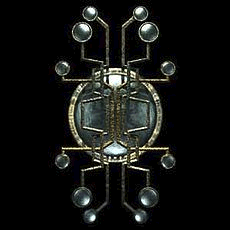Mod Organizer Fallout FOMM
-
Similar Content
-
- 2 answers
- 227 views
-
- 4 answers
- 113 views
-
Ported entire account to a new win11 machine, SteamVR is fine but MO2 no longer starts SkyrimVR
By Tazling,
- 3 answers
- 445 views
-
-
Recently Browsing 0 members
- No registered users viewing this page.



Recommended Posts
Create an account or sign in to comment
You need to be a member in order to leave a comment
Create an account
Sign up for a new account in our community. It's easy!
Register a new accountSign in
Already have an account? Sign in here.
Sign In Now